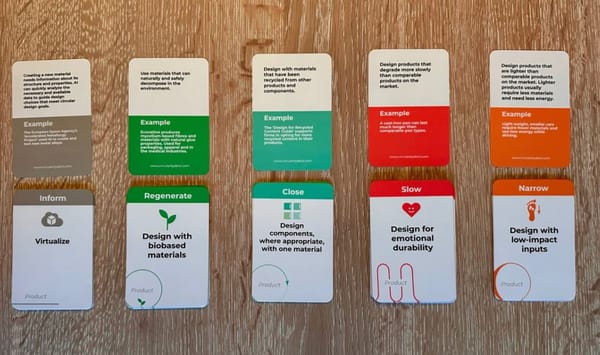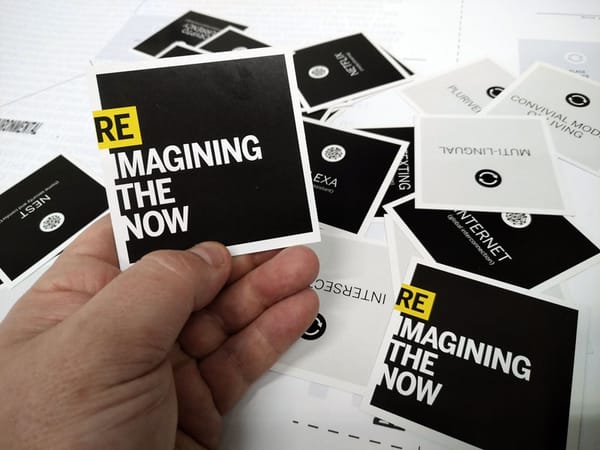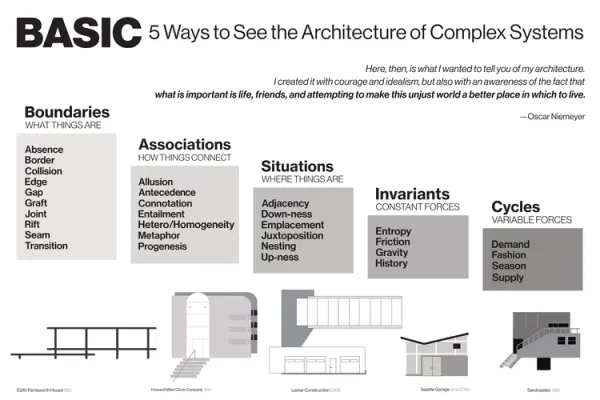№ 6 | A Climate Change Board Game, a Framework for Better Surveys, AI Generated Video Summaries, The Wall Test, and a Classic Talk on Dynamic Systems
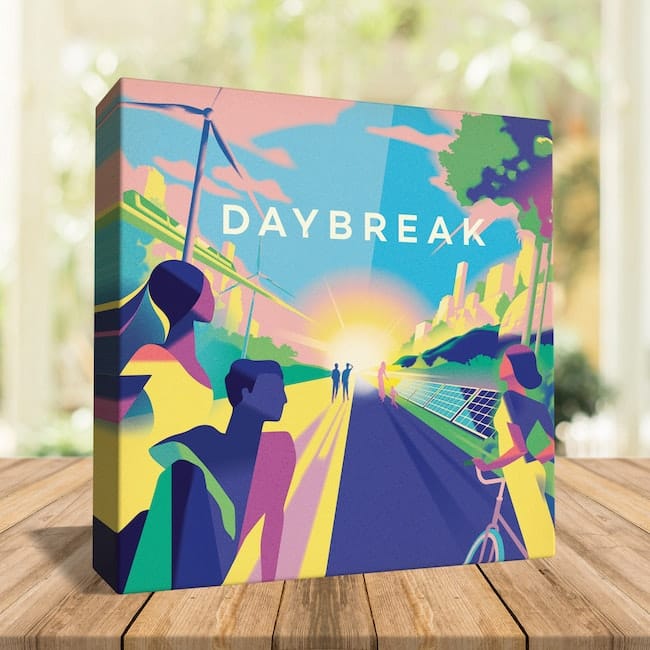
A game to end climate change?
Last week I shared a text-based RPG about refugees. This week, it’s a “cooperative board-game about stopping climate change, from the creator of Pandemic.” Daybreak was an instant back for me.
A framework for better surveys?
This one is new to me, but seems useful for thinking about the intent of different survey questions:
Tourangeau’s 4-stage model helps you design better survey questions:
1. Comprehension (words and meaning)
2. Retrieval (searching memory, feelings, thoughts, sources)
3. Judgement (checking suitability and making adjustments)
4. Answering (the act of providing an answer)
Via Lennart Nacke
GPT-3 powered video summarization
In this edition of AIs doing interesting things… This. Looks. Amazing. Promising. Summarize.tech uses “GPT-3 to give you a high-quality written summary of a YouTube video, and will link to the relevant timestamps in the video so you can watch the interesting parts yourself.”
The Wall Test
The “Wall Test” is an “entertaining way to explore how people face and address adversity.” And while it’s firmly in the pseudo-science category, it might make a good icebreaker or warmup activity in a workshop…? Reminds me of something I wrote ages ago, about personalities and how people behave at a crosswalk “STOP” signal when there are no cars around…
A brilliant lecture from 1973
You may have seen visuals like the ones below illustrating the increasing complexity of communication within large teams:

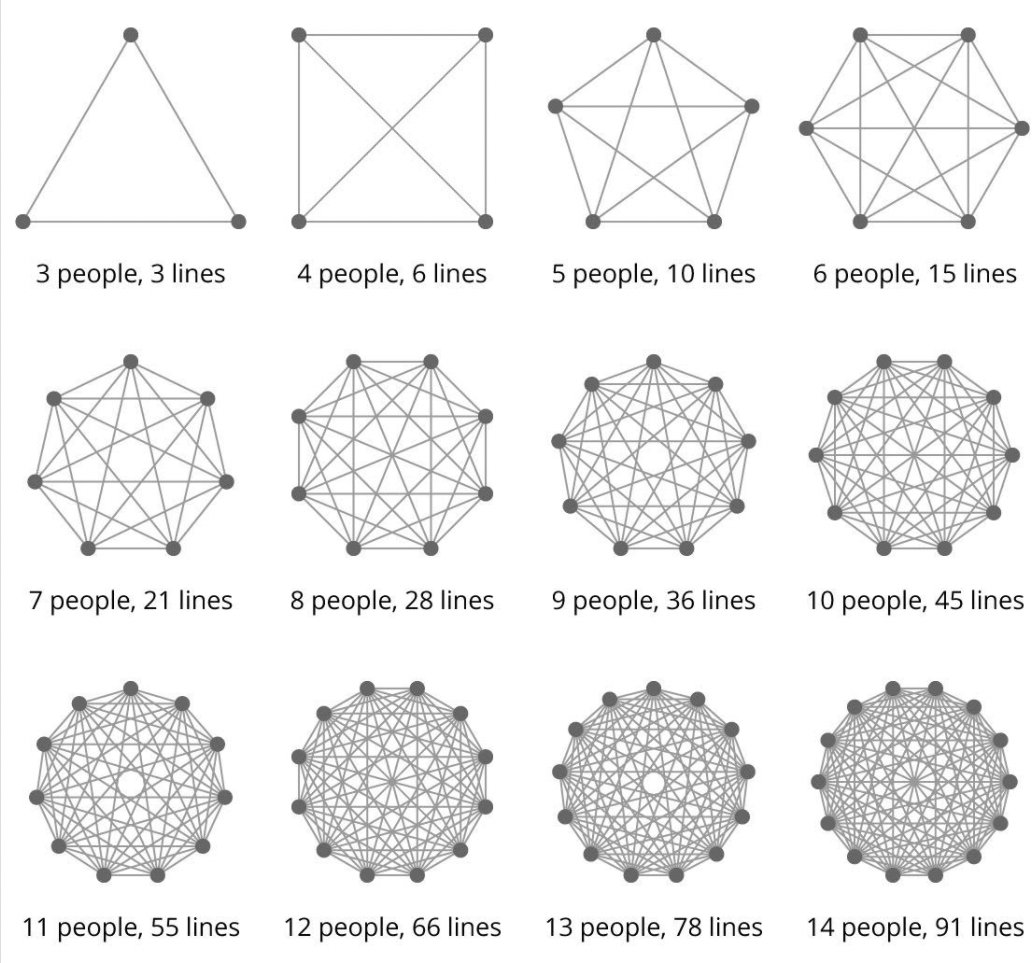
Well… it turns out these visuals have their origins (?) in an essay/lecture from 1973—and the lecture is pure gold! It’s not about team size, directly, but dynamic systems, and… society. I’d argue the themes that Stafford Beer explores then in “Designing Freedom” are even more relevant nearly 50 years later. File this under classic wisdom, and “how have I never read this before?” [H/T Erika Flowers]



